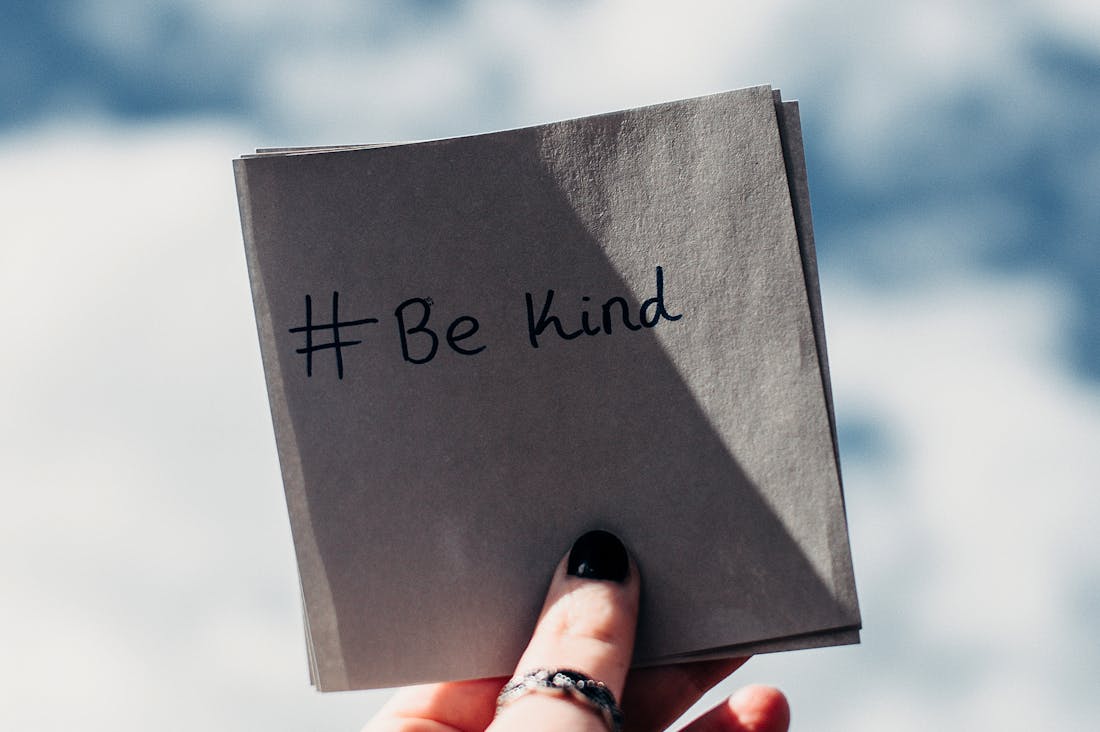In today's fast-paced world, where the demands of daily life often overwhelm us, mastering mindfulness has never been more essential. "Mastering the Art of Mindfulness: Techniques for Stress Reduction in a Busy World" offers practical strategies to cultivate awareness and presence amidst chaos. Discover how to reclaim your peace, enhance your focus, and foster a deeper connection to the present moment. This guide empowers readers with effective techniques to reduce stress, improve emotional well-being, and enhance quality of life, transforming the way you navigate your busy existence. Join us on this journey to tranquility and resilience through the art of mindfulness.

Understanding Mindfulness and Its Benefits
Mindfulness is the practice of bringing one’s attention to the present moment in a non-judgmental way, fostering greater awareness of thoughts, emotions, and surroundings. This ancient practice, rooted in meditation, has garnered significant attention in modern psychology for its numerous benefits. Studies indicate that mindfulness can reduce stress, anxiety, and depression, enhancing overall psychological well-being. By promoting self-awareness and emotional regulation, individuals can develop resilience against life’s challenges. Additionally, mindfulness encourages a greater appreciation for everyday experiences, leading to improved relationships and a deeper sense of fulfillment. As we cultivate mindfulness, we pave the way for a more balanced, intentional life.

Simple Mindfulness Practices to Begin With
Simple mindfulness practices can significantly enhance your overall well-being and promote mental clarity. One effective method is mindful breathing: set aside a few minutes to focus solely on your breath, noticing the inhalation and exhalation without judgment. Another practice is mindful walking, where you pay attention to each step, the sensation of your feet touching the ground, and the rhythm of your movement. Engaging in mindful eating can also deepen your awareness; slow down and savor each bite, experiencing the flavors and textures fully. Finally, consider keeping a gratitude journal, writing down things you appreciate each day to cultivate a positive mindset. These practices, when incorporated into daily life, can create a foundation for greater mindfulness.

Creating a Mindful Environment at Home
Creating a mindful environment at home involves intentional design and practices that promote tranquility, focus, and well-being. Start by decluttering spaces to eliminate distractions, allowing for a sense of calm and order. Incorporate natural elements, such as plants or natural light, to enhance mood and connection to nature. Consider using soothing colors and textures that resonate with relaxation, like soft pastels or earth tones. Establish designated areas for mindfulness practices, such as meditation or yoga, equipped with comfortable seating and minimal distractions. By fostering an atmosphere of peace and intentionality, you encourage mindfulness throughout daily activities, nurturing both mental and emotional health.
The Power of Mindfulness in Daily Routines
Integrating mindfulness into daily routines can significantly transform how we experience life. By embedding mindfulness into habitual tasks, we can shift from mindless automations to conscious engagements. For instance, during your morning coffee, take a moment to savor the aroma and warmth of your cup. Notice the taste as you sip, allowing each flavor to unfold. Similarly, while commuting, practice mindful listening to music or a podcast, focusing intently on the sounds rather than letting your mind wander. These small adjustments can turn mundane activities into moments of mindfulness, enriching our daily experience.
Mindfulness Techniques for Stressful Situations
In moments of stress, employing specific mindfulness techniques can help ground you and restore calm. One effective method is the grounding technique, where you focus on your physical connection to the ground, feeling the stability it provides. Another approach is the 5-4-3-2-1 technique, which involves identifying five things you see, four you can touch, three you hear, two you smell, and one you can taste. This practice draws your attention away from anxiety and back to the present, creating a sense of safety and control. These strategies can empower you to navigate challenges with a clearer mind.
Mindfulness and Emotional Intelligence Development
Mindfulness plays a crucial role in developing emotional intelligence, which encompasses recognizing, understanding, and managing our own emotions as well as those of others. By practicing mindfulness, individuals enhance their self-awareness, making it easier to identify emotional triggers and respond thoughtfully rather than reactively. This heightened awareness fosters empathy, allowing you to connect with others on a deeper level. As you cultivate emotional intelligence through mindfulness, you improve communication, strengthen relationships, and navigate social complexities more effectively, leading to a more harmonious existence both personally and professionally.
Mindfulness Benefits for Physical Health
The benefits of mindfulness extend beyond mental well-being, positively impacting physical health as well. Research has shown that mindfulness can contribute to lower blood pressure, improved sleep quality, and enhanced immune function. Engaging in regular mindfulness practices, such as yoga or tai chi, can also improve flexibility and strength. By reducing stress, mindfulness alleviates the physical tension that often leads to chronic pain or discomfort. Furthermore, cultivating a mindful approach to eating can lead to healthier food choices and better digestion. Overall, a commitment to mindfulness fosters a holistic sense of health and vitality.
Building a Mindful Community
Fostering a mindful community can amplify the benefits of individual practices, creating a supportive environment for growth and learning. Consider joining local mindfulness groups or online forums where individuals share their experiences and techniques. Community mindfulness events, such as group meditation sessions or workshops, provide opportunities to deepen practice and connect with like-minded individuals. Engaging in discussions about mindfulness challenges and successes can enhance your understanding and commitment. Additionally, these connections can lead to lasting friendships and collaborations that enrich your mindfulness journey, creating a collective space for healing and support.